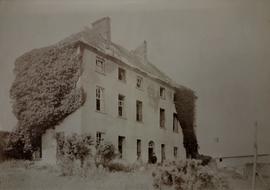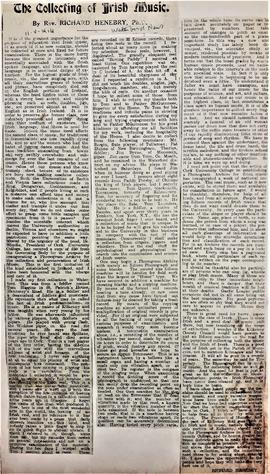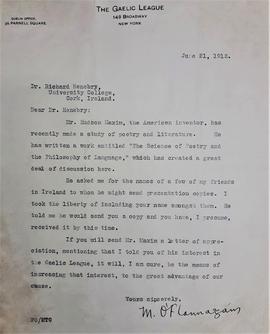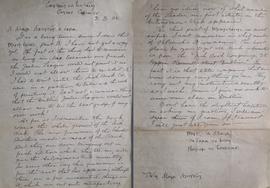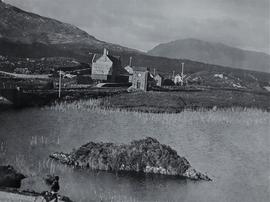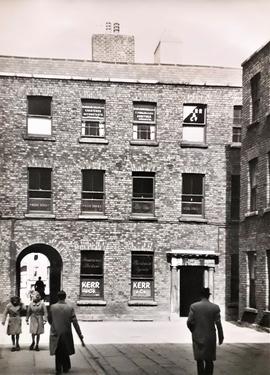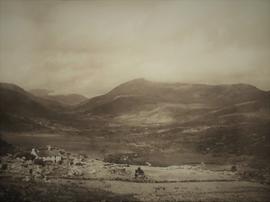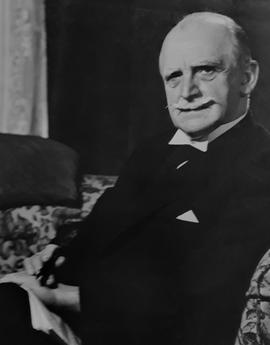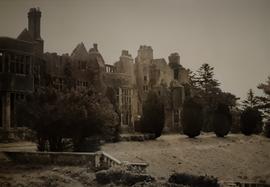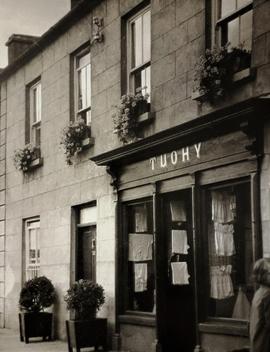An image of the ruined Mount Bolton House near Portlaw in County Waterford. A figure in clerical garb (possibly Fr. Richard Henebry) stands at the doorway.
A clipping of an article by Fr. Richard Henebry titled ‘The Collecting of Irish music’ (‘Waterford News’, 11 May 1914). The article refers to Henebry's work on the preservation of traditional Irish tunes and to the need to establish an 'Phonogram Archive of Irish music' in University College Cork.
Letter from Fr. Mícheál Ó Flannagáin, The Gaelic League, 149 Broadway, New York, to Fr. Richard Henebry. Flannagáin refers to Hudson Maxim (1853-1927), an American military inventor and author.
A letter from An tAthair Peadar Ó Laoghaire to Fr. Augustine Hayden OFM Cap. referring to a publication of his on Irish grammar. Ó Laoghaire wrote 'The fact is, the thing had to remain so long in Mss. because our friends the Gaelic League would not print it as I would not allow them to re-edit-it! I had to wait until the Irish Book Co[mpany] were in a position to take up the work of printing it. Is it not a comical thing that the Dublin Gaelic League would not allow me to be the best judge of my work!'
A view of the railway station in the small village of Recess (in Irish ‘Sraith Saileach’) in County Galway. The station is located on the northwest corner of Glendollagh Lough. It was one of several stations that ran through central Connemara on the Galway to Clifden line of the Midland Great Western Railway which opened in 1895.
A view of the courtyard of the eighteenth-century Commercial Buildings on Dame Street in Dublin. The building was used a meeting place by the Ouzel Galley Society, a representative body of city merchants which later became the Dublin Chamber of Commerce. It was demolished to enable the construction of the Central Bank of Ireland building in the 1970s.
A general view of the Owenreagh River Valley in County Kerry.
A portrait photograph of Alfie Byrne (1882-1956), Lord Mayor of Dublin.
An image of the ruins of Killarney House in County Kerry in about 1945. Built in 1872 for Valentine Browne, 4th Earl of Kenmare (1825-1905), this Elizabethan-Revival manor house was built on an elevated site overlooking Lough Leane. It was destroyed by fire in 1913 and was never rebuilt.
An image of Tuohy's shop front in Portumna in County Galway.

